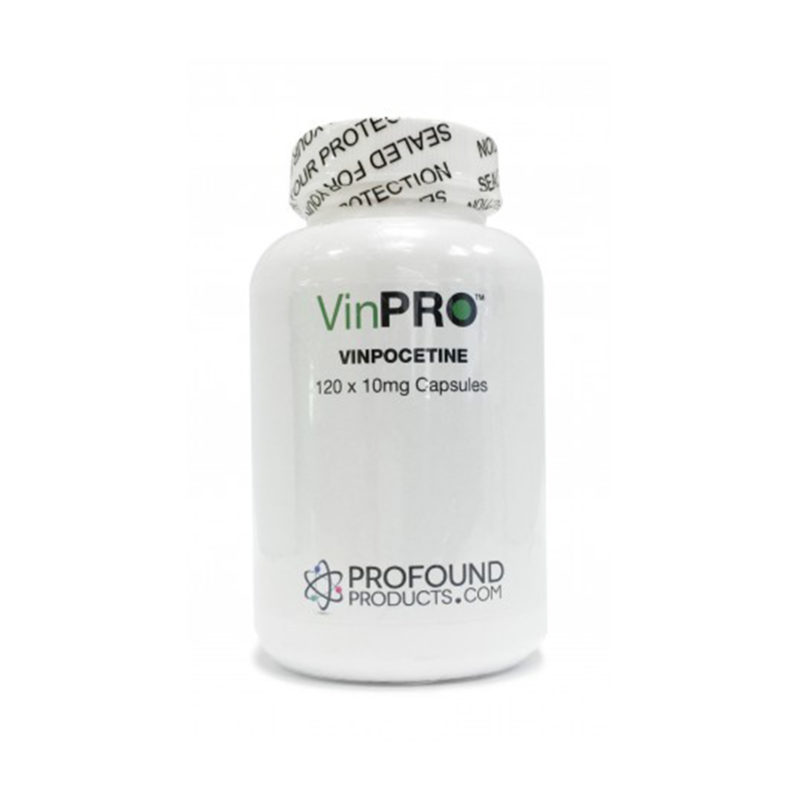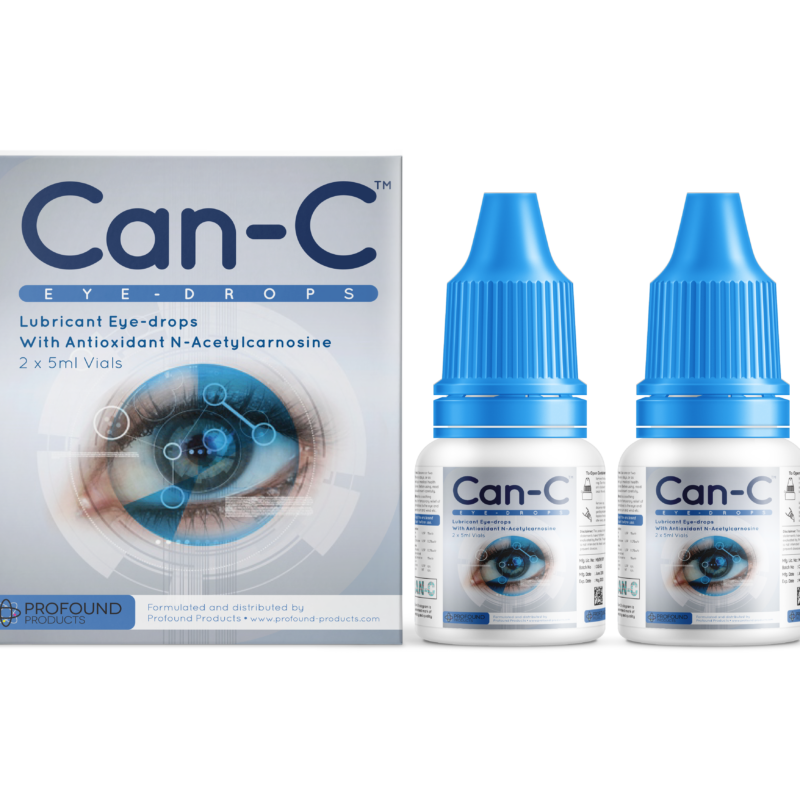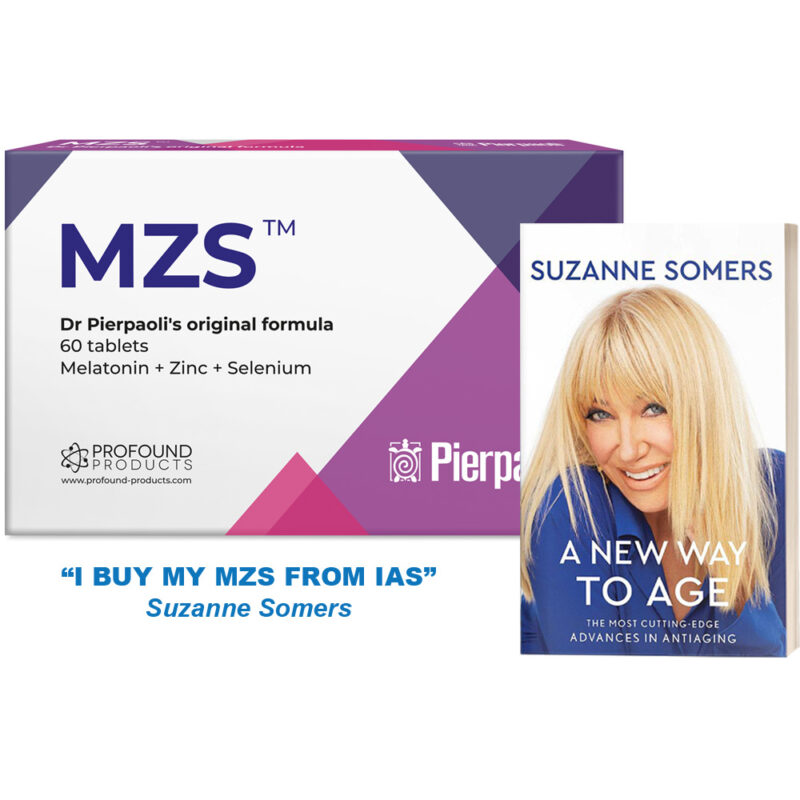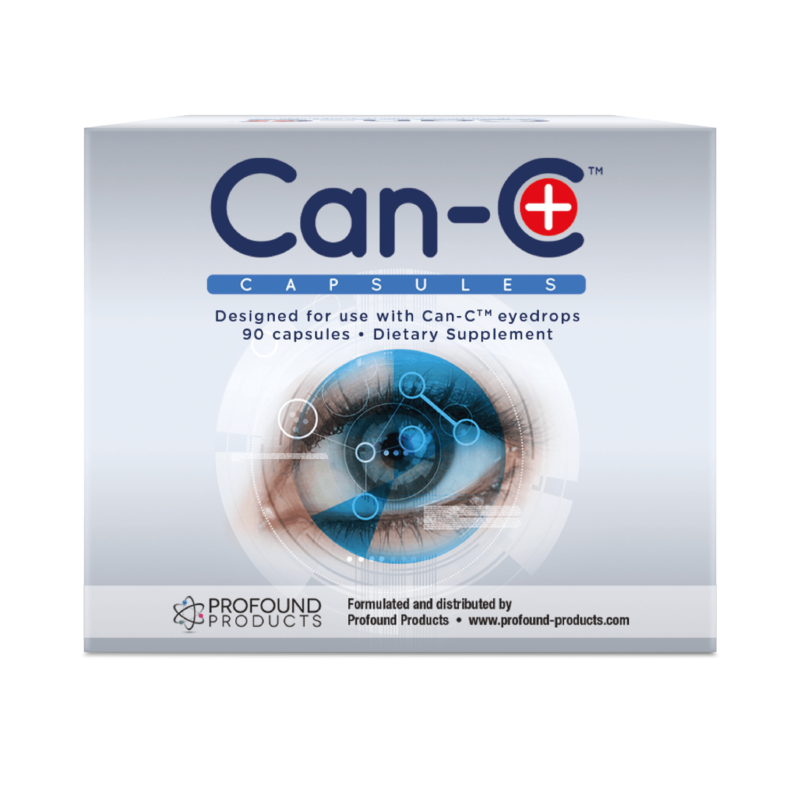Synergistic Programs – Eye Care pack
Don’t let your vision age
Eye sight is clearly one of the most important senses that we possess and if we were somehow forced to have to do without one or more of our senses, eye-sight would probably be the one that would be most “missed.”
As we age a number of processes take place that affect our eye-sight, principally there is an increase in the prevalence of free radicals and at the same time there is a decline in the availability of antioxidants and in the efficiency of our internal repair systems, (possibly partly due to a reduced blood supply to the region, ergo less delivered energy and nutrition for repair work to take place). On top of that, the increase in cross-linked proteins through glycosylation also accelerates.
The results of worsening vision are well known, they have names like cataract- this is the clouding of the lens within the eye, its change from a clear to yellow colour creates conditions that can appear to be like looking through a waterfall, (which is what cataract means in Greek).
There is also glaucoma, an increase in the pressure inside the eye, a potentially dangerous situation for persons who strain themselves or have high blood pressure. Plus there is macular degeneration, a condition that affects the retina, the back of the eye where the light is focused on and for which, if left untreated can lead to blind spots.
We know that decent vision is essential, so IAS has designed a synergistic eye-pack to help you protect and nurture your 20/20.
Can-C® eye-drops a breakthrough for aging eyes
Can-C eye-drops may be one of the most important developments for aging eyes to-date. Can-C eye-drops are the only approved, original eye-drops containing the natural dipeptide n-acetylcarnosine that have been trialed and tested. As highlighted in Dr. Marios Kyriazis book, the cataract cure, the clinical evidence supports that Can-C can improve vision for up to 90% of those who use it on a regular basis.
Prior to the availability of Can-C, a cataract could only be reversed with surgery; (which obviously exchanges the natural lens for a fixed plastic one and therefore can’t really be compared as a real reversal, but rather an inferior replacement).
Cataract
The principle role of Can-C is to deliver the natural anti-oxidation and anti-glycosylation molecule carnosine into the aqueous humor (the liquid surrounding the eye lens). Here it can “go to work” to improve the crystallin condition inside the lens, to enable them to stay pliable and clear, freeing them of the impaired proteins that have been causing the vision to deteriorate.
Glaucoma
In addition to helping correct and slow down cataract development, Can-C is also known to reduce intra-ocular pressure, thus alleviating glaucoma. It is surmised that its action is literally to help unclog the schlemm canal, the eye’s drain valve that allows it to discharge waste products into the bloodstream.
Dry eyes
Furthermore, if that wasn’t enough, evidence is also accumulating that Can-C may also be a great tool to treat dry-eye syndrome. Can-C already contains the “regular” lubricants that assist dry-eye sufferers to have comfort from their condition, but anecdotal statements from users report that after several months of use that they no longer have dry-eyes! This may be due to the ability of Can-C to free up the lacrimal ducts (the tear ducts), allowing the passage of the eyes own lubricating fluid to pass through easily once again.
Contact lenses
Plus, if you wear contact lenses Can-C can also help you. Not only do the lubricants assist with the comfort of the lens on the eye, but Can-C also inhibits the accumulation of lactic acid, (which is produced by the rubbing of the contact on the eye leading to the pain and discomfort). Therefore regular use of Can-C can also enable the contact lens to remain more comfortably in the eye for longer periods of time.
Dosage
Can-C can be used at 2-drops into an eye for preventative or contact lens use daily, the treatment dose is 2-drops twice a day (a total of 4-drops) into the eye (there is no need to exceed this dose). At 4-drops daily one box (2x 5ml) will last 1-month.
Notes
The scientist behind the technology, has stated that some antioxidants such as lutein, zeaxanthin and astaxanthin should not be used concurrently with the eye-drops. This is because they compete with the same receptors in the eye and may lower their efficacy. It is therefore suggested that in the first 3-6 months of eye-drop application that you do not take such products at the same time.
After 1 to 3 months of Can-C application, noted effects are reduced glare, (i.e. better driving at night time) and improved color perception. Measureable differences in the size and density of cataracts may be measured after 5 to 6 months of application.
Melatonin Zn Se; clinically shown to help reverse age-related macular degeneration
Melatonin is one of the most diverse protective substances yet discovered and has been extensively researched by Dr. Walter Pierpaoli; indeed Melatonin Zn Se® is his creation.
Melatonin Zn Se differs from ordinary melatonin supplements because it also contains zinc and selenium in addition to its Swiss made pharmaceutical grade melatonin; plus very importantly Melatonin Zn Se is designed to release melatonin in the same way that the pineal gland does so in the brain every night- for melatonin is produced in response to darkness.
Age related macular degeneration
As for its role within the eye, it is known that melatonin is the most potent antioxidant produced within the body, this may help explain some of its protective qualities; furthermore it is also known that melatonin is involved in the process of helping to control the regulation of light onto the retina, but as Dr. Pierpaoli has shown melatonin’s most important reaction (after it has been taken over a period of months) is that it helps to rebalance the endocrine system, to wit the circadian rhythms are synchronized which allows for ratio of hormones to be better controlled. This by itself would have a myriad of benefits, not least of which is enhanced immunity and more efficient repair mechanism processes.
As for melatonin and ARMD, a 2005 Chinese study on 110 eyes (100 patients) showed something very remarkable for the first time- that age-related macular degeneration can not only be slowed in its progression, but even reversed (sic).
Age-related macular degeneration (ARMD) comes in two forms, wet and dry; the dry is the most common and forms a destructive plague on the retina, thus disrupting the field of vision wherever it is located. The wet form is more rare, (approximately 15% of ARMD cases) and it is a more severe form of the disease as the legion is actively leaking.
In the Chinese study, (published in the New York Academy of Science) patients took 3 mg each night of Melatonin Zn Se and their ARMD condition was recorded every 3 months for up to 2-years, this included Fundus pictures (photographs of the retina). What was incredible was that after 6-months of use approximately 90% of the patients had improvements to their ARMD, the wet forms had become dry, (a noted improvement toward the lesser disorder) and there were even some dramatic regressions to the dry ARMD conditions too, (note the before and after pictures are shown at the Melatonin Zn Se page).
Presently the only available treatments for ARMD involve 4 to 6 drug-therapy injections directly into the eye, per year, at a cost of about $1000 per injection. Studies show that after approximately 2-years of treatment about 50% of cases are improved. Yet the results of this recent published study with Melatonin Zn Se are far in advance of the current treatment, for example the treatment regime is much easier being only tablets taken at bedtime, the cost is a couple of hundred Dollars (in total) and significant improvements are seen in 90% of cases within just 6-months.
What’s more, whilst the possible side effects of the injections can be quite nasty, the only “side effects” seen so far with 3 mg of Melatonin Zn Se nightly are improved sleep patterns, greater feelings of well being and enhanced energy levels.
Dosage
Melatonin Zn Se should be taken as a 3 mg tablet before bed, ideally ensuring that you are in a blacked out room within 15-minutes.
For further information on the broad antiaging abilities of melatonin we recommend Dr. Pierpaoli’s latest book, the key of life.
Vinpocetine; improving blood supply to the smallest of arteries
Vinpocetine is a plant extract of the Vinca Minor and it has proven itself to be one of the best vasodilators available; furthermore it has been shown to display non-steal effects making it unique among the vasodilator class.
In other words, vinpocetine only improves blood supply to those parts of the body that need it and it does not affect other regions that do not require increased blood flow. This has made it a supplement of choice particularly for those suffering or concerned about the risk of stroke and cardiovascular disease.
Interestingly, some of the smallest arteries in the body are those supplying the eye. It probably comes as no surprise then that trials have shown vinpocetine to improve eye-sight in those using it regularly (it can also improve hearing too).
This is likely achieved by not only enhancing the delivery of energy and nutritional factors in the blood actually to regions of the eye itself, but also by nurturing the parts of the brain that are involved in vision, (most of which are located at the rear of the brain).
Dosage
One 5 mg vinpocetine tablet two or three times daily are a common dose.
Conclusion
The IAS eye-pack has an amazingly broad spectrum of cover for the majority of eye disorders that are associated with aging. From the eye-drops to the tablets, improvement to, and protection from the disorders that are associated with poor eye-sight are high on most people’s list of health benefits.
The IAS eye-pack can supply your needs for a cutting-edge program on the forefront of the current thinking and practice.




